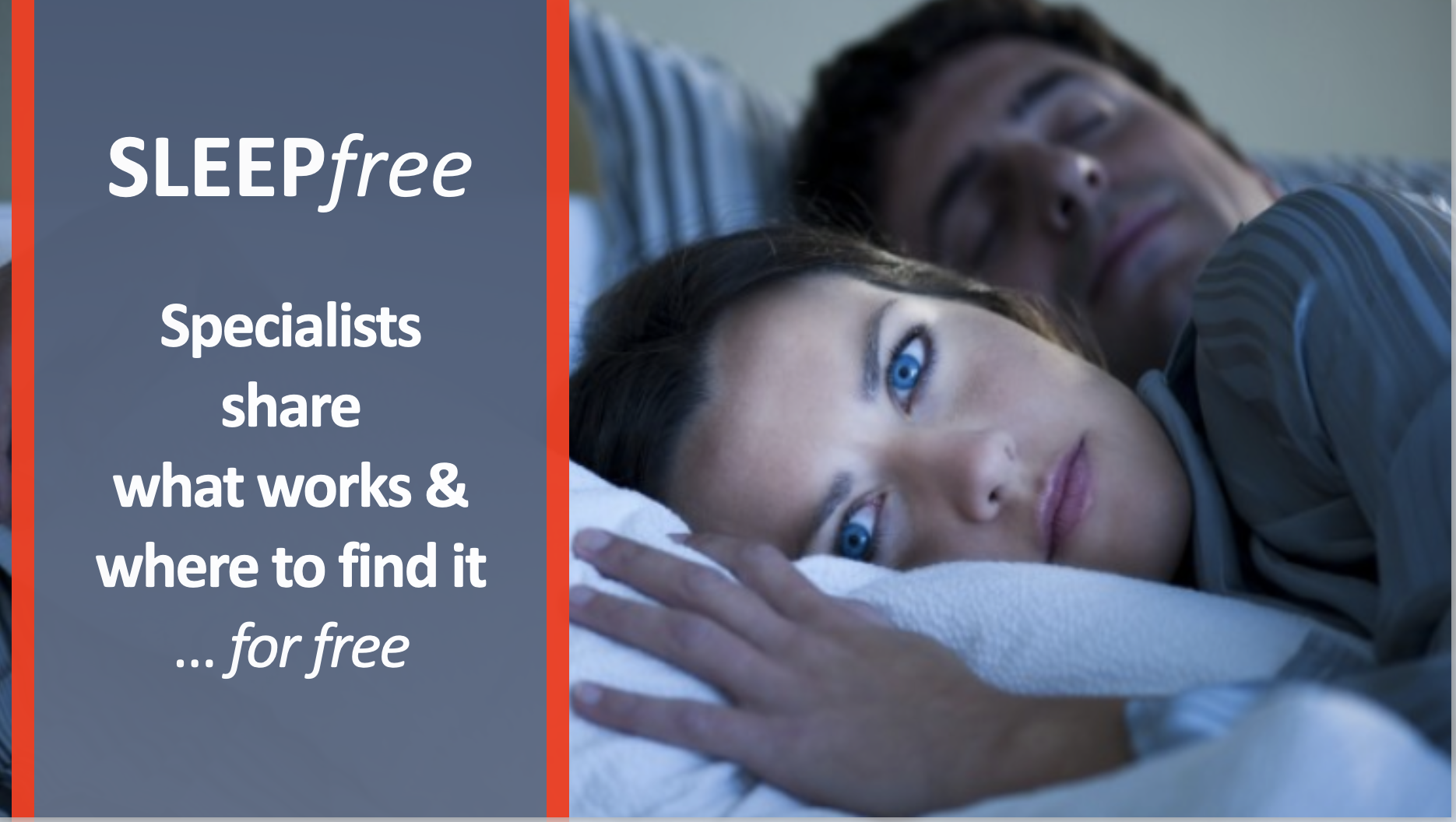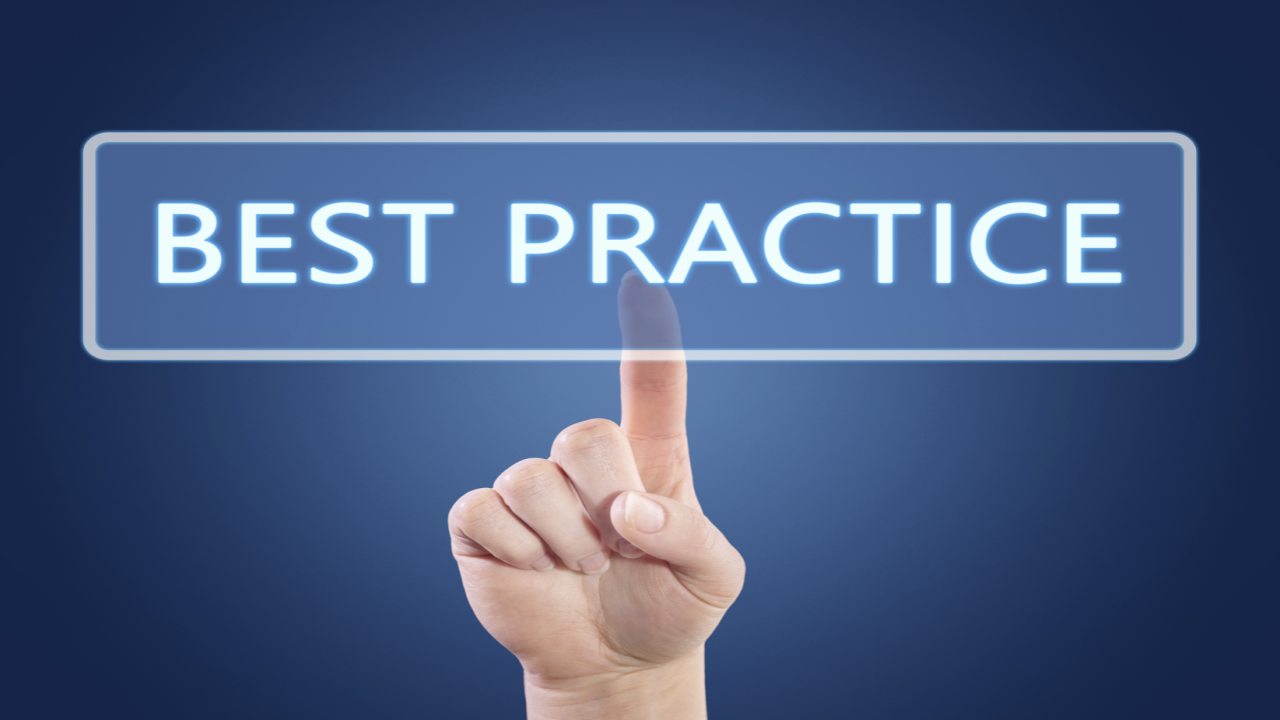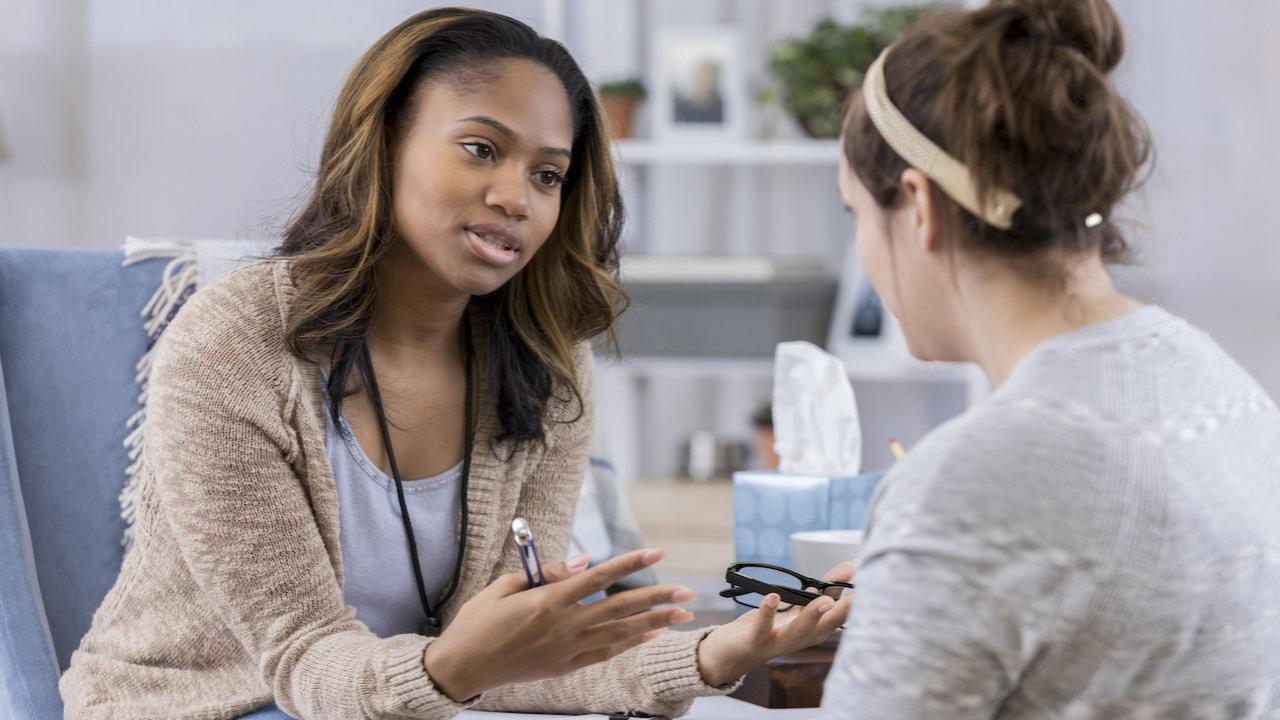Summary
Healthcare educators, clinicians, researchers, & students are welcome to join an Insomnia Community of Practice to fight the hype and spread ‘what works for Insomnia & where to find it’ – especially for free and low cost.
About
We LEAD
Insomnia onAir is an open access, crowdsourced, and curated knowledge-sharing center led by students learning about the science of Insomnia.
Together, we LEAD …
Leverage social media to
Effectively spread ‘what works’ to
Accelerate demand for best practices &
Disseminate where to find resources (especially for free).
The Issue
Americans spend up to $107 billion a year on sleep, including 60 million scripts. Did you know that sleeping pills often don’t work or can be dangerous? Most of the 1 in 3 with insomnia don’t know that Doctors’ Guidelines say to first try the non-drug therapy (CBT-I). It seems like only the hype is heard – like ‘Ask your Doctor’ ads.
All in healthcare professions are urged to promote best practices using social media. Imagine if the entire community spoke up together in one place – over the hype … for what’s proven to work and where to find it.
Be Social
For those who want to share ‘what works & where to find it’ for consumers (and providers), the Hub offers quick, easy, and career-advancing ways to have an impact …
- Have an online presence: Create a profile to be found in the Directory
- Increase your credibility in insomnia: Share a post (about research, a clinical success story, a science-based app, an educational program, a community service), be a regular Hub blogger, and/or comment on others posts
- Expand your visibility/reach: Share links to posts (on Twitter, Facebook)
- Stand out in the insomnia community: Share a post that includes your Google Hangout/Youtube video about insomnia (see below video)
- Learn deeply about insomnia: Help curate the site.
Weren’t taught to share?
Anyone can complete Mayo’s online Social for Healthcare Certificate, a self-paced course (4 hours; 3.5 AMA credits). In this video, four clinicians give 15 ways that sharing helps them to keep current as well as to advance their practices and careers.
Highlights: March 26, 2015 webinar of the Mayo Clinic Social Media Health Network.
Message from the Lead Curator
Welcome to our non-profit knowledge-sharing social enterprise. As a clinical health psychologist, I’ve worked with the Medstar Georgetown Sleep Center team and their Sleep Medicine Fellowship for over 2 decades as well as the Chronic Pain & Fatigue Research Center (when it was at Georgetown), directed Clinical Skills courses at USUHS for 6 years, completed the Mayo Social Media Residency and the IHI I-CAN course, and am a member of the Societies for Participatory Medicine, Media Psychology, Health Psychology , Association for Behavioral and Cognitive Therapies and Anxiety & Depression Association of America. I’m convinced that educators and learners can LEAD – together.
‘Share CBT-I’ (Health Comm Campaign)
Beginning in 2016, faculy and students at George Mason University Department of Communication launched our on-going health communication campaign – Share CBT-I. Using service-learning, Gary Kreps offered his students in Health Comm courses the opportunity to conduct formative research and do a writing assignment for the project. Serge Samoilenko offered his students in Pubic Relations courses the opportunity to design and implement a PR strategy for CBT-I Live (Live online interviews about CBT-I).
Now, we invite service-learners (from anywhere) to use the Hub as a hands-on tool for training in interprofessional communication to promote ‘what works & where to find it’ – as a service to the public.
Also, if you’d like to appear on a CBT-I Live episode … to share your related research … your clinical success stories … your training program … or other resources, contact us.
Thank you,
Meredith Cary, PsyD




